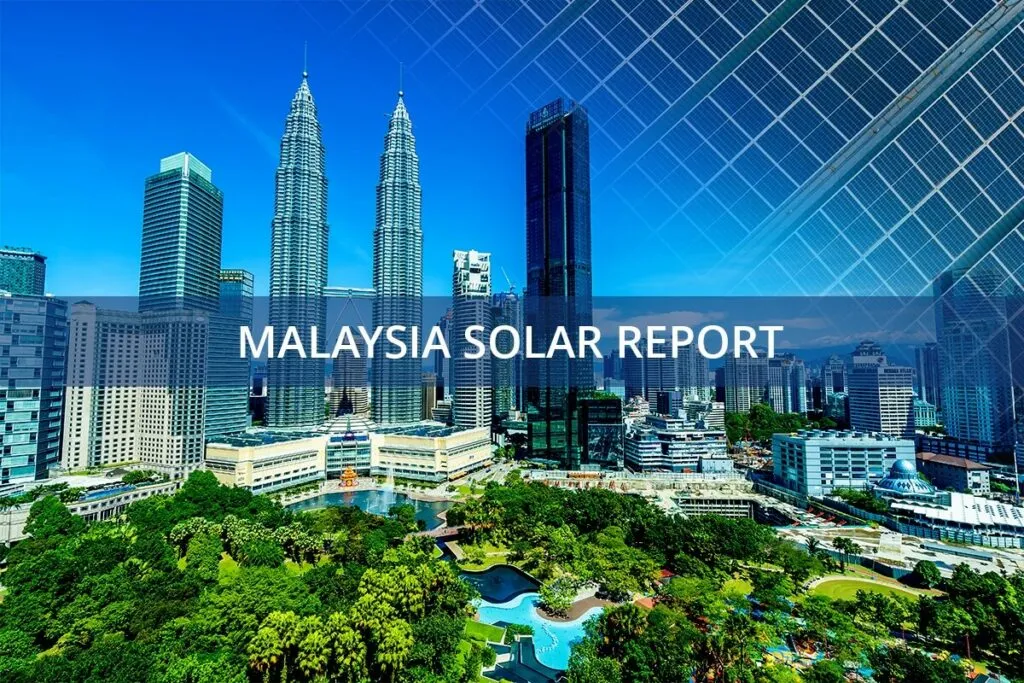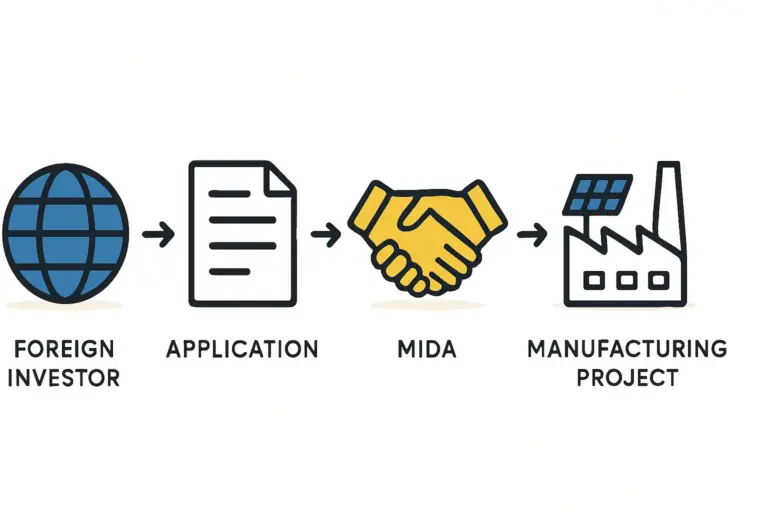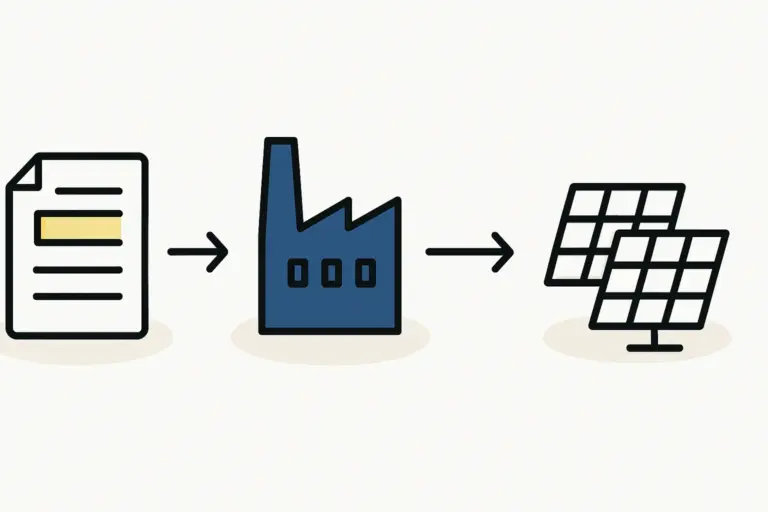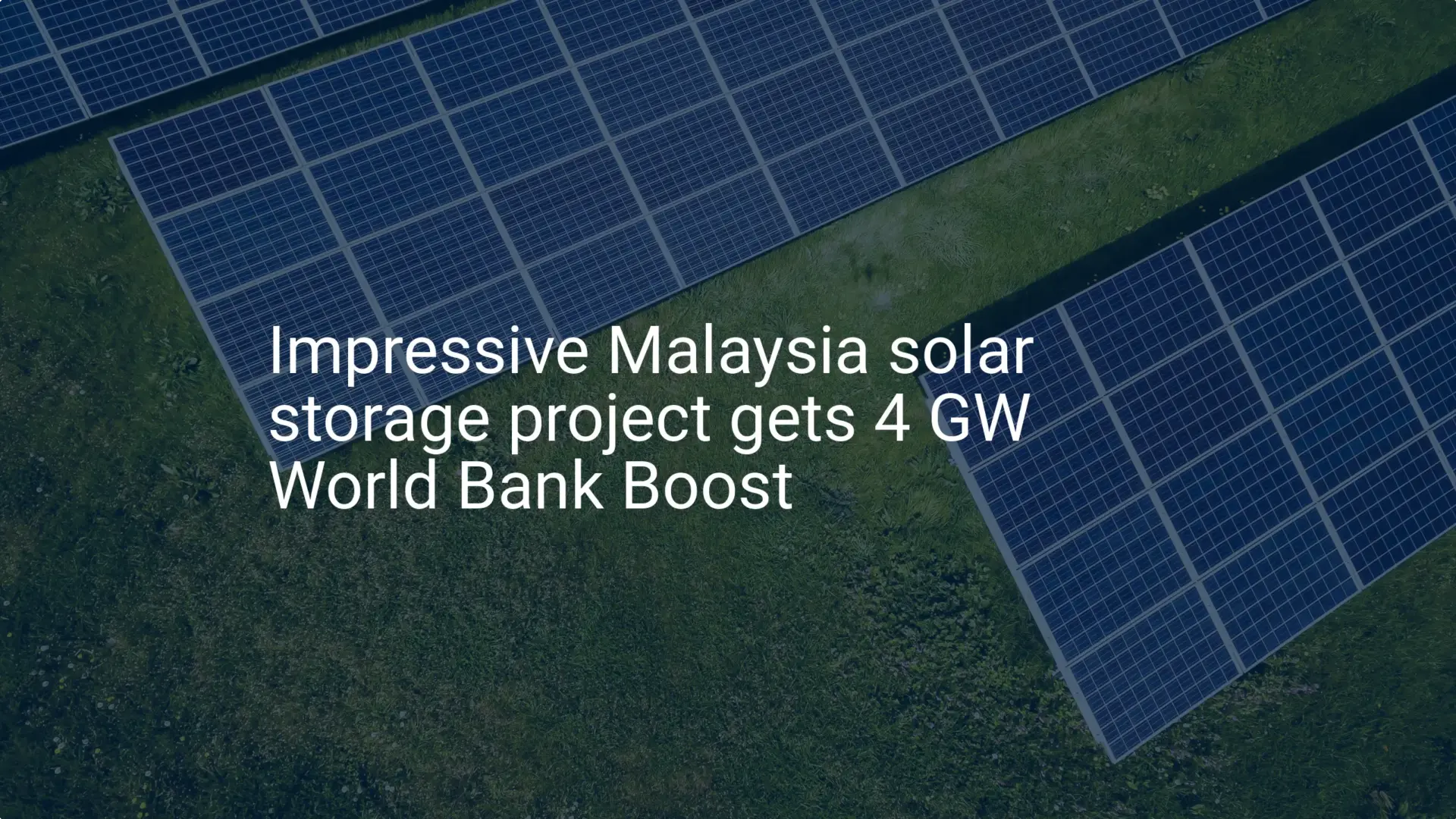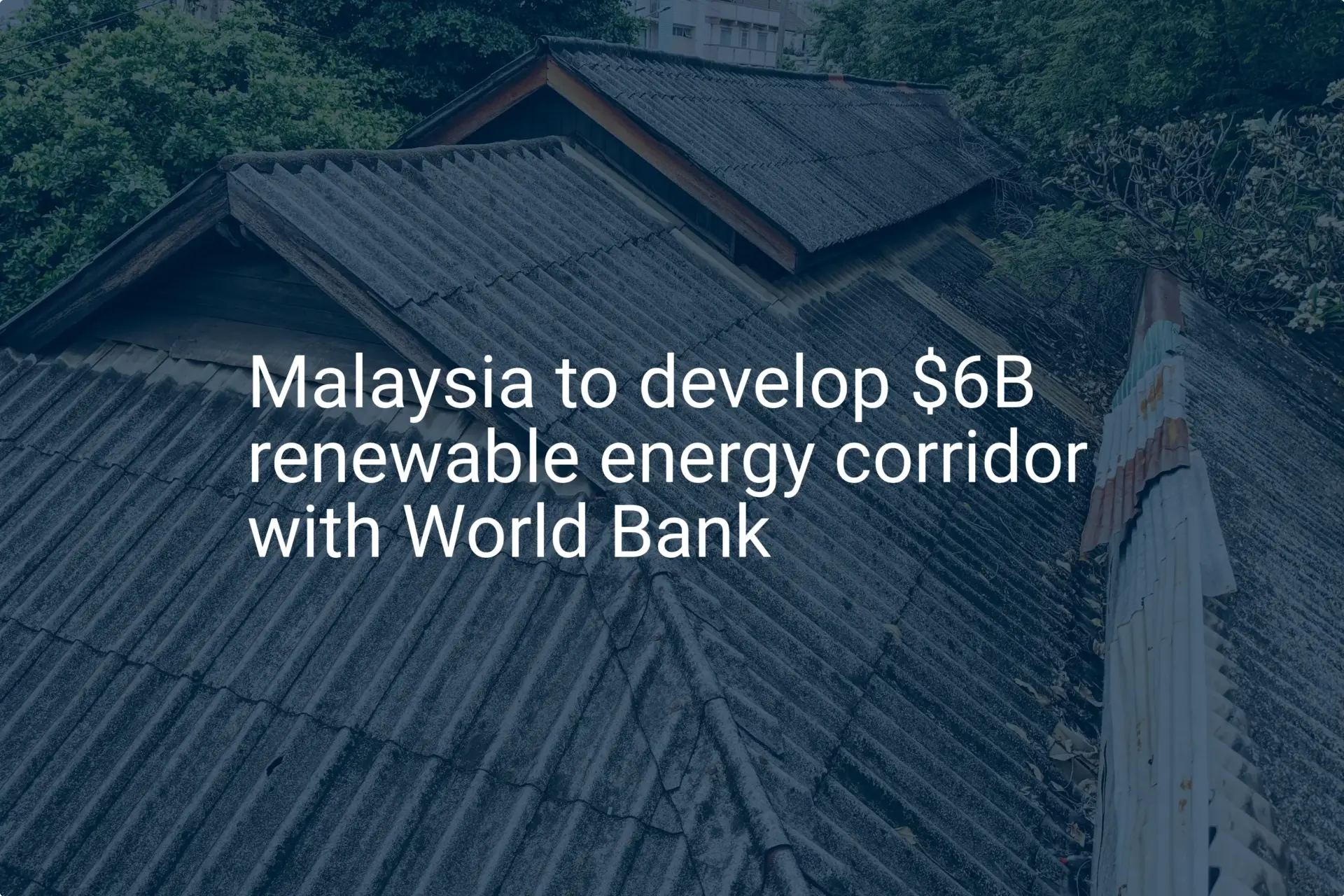When planning a new solar module factory, entrepreneurs often focus first on machinery, financing, and facility location. But a less obvious, yet equally critical factor determines long-term success: access to a skilled technical workforce.
Without qualified engineers to oversee processes and trained operators to manage the equipment, even the most advanced production line cannot reach its full potential.
Malaysia is a compelling choice for solar manufacturing, not only for its strategic location and government support but also for a unique advantage: its mature Electrical and Electronics (E&E) industry. This sector has cultivated a deep talent pool with the precise skills needed for photovoltaic production. Here, we explore the technical labor landscape in Malaysia’s three key industrial states, offering insight into talent availability, cost structures, and effective recruitment strategies.
Malaysia’s Industrial Landscape: An Overview for Solar Investors
For decades, Malaysia has been a global hub for the E&E industry, earning the northern state of Penang the nickname ‘Silicon Valley of the East.’ This established ecosystem—encompassing semiconductor assembly, testing, and manufacturing—has cultivated a workforce already familiar with cleanroom environments, quality control protocols, and the operation of sensitive automated machinery.
These skills are directly transferable to solar module manufacturing. For example, a technician experienced with semiconductor fabrication equipment can readily adapt to handling solar cell stringers and laminators. This overlap significantly reduces the training curve and accelerates the ramp-up to full production capacity. The primary industrial zones for this talent are concentrated in three states: Penang, Selangor, and Johor.
Each state offers a unique combination of logistical advantages, infrastructure, and a specialized labor market, making the choice of location a crucial strategic decision.

Analyzing the Technical Talent Pool in Key States
While technical talent is available throughout Malaysia, these three states represent the epicenters of high-tech manufacturing.
Penang: The ‘Silicon Valley of the East’
Penang is home to a high concentration of multinational corporations (MNCs) like Intel, Broadcom, and Keysight Technologies, which has created a highly skilled and competitive talent pool, particularly for engineering and R&D roles. The nearby Universiti Sains Malaysia (USM) ensures a consistent supply of new engineering graduates. For a solar enterprise, this means access to top-tier talent but also stiffer competition for experienced personnel.
Selangor: The Economic Powerhouse
As Malaysia’s most developed state surrounding the capital, Kuala Lumpur, Selangor offers the largest and most diverse labor market. Its numerous industrial parks and proximity to Port Klang, the country’s busiest port, make it a logistical powerhouse. With leading institutions like Universiti Malaya (UM) feeding the workforce, a factory here benefits from a vast pool of operators and technicians, though competition from a wide range of industries remains a factor.
Johor: The Southern Gateway
Johor, at the southern tip of Peninsular Malaysia, leverages its proximity to Singapore. The Iskandar Malaysia economic zone has attracted significant manufacturing investment, providing excellent access to Singapore’s global logistics hub. This creates a unique labor dynamic: companies in Johor must compete with higher salaries offered across the border, which can lead to a ‘brain drain’ of top talent. Nevertheless, institutions like Universiti Teknologi Malaysia (UTM) provide a strong local foundation for engineering talent.

Understanding Labor Costs and Roles in Solar Manufacturing
A clear understanding of the roles and associated salary expectations is fundamental to developing a realistic business plan. The core technical labor requirements for a solar module assembly line include three main categories.
Production Operators
These operators are the backbone of the production floor, responsible for loading materials and monitoring the automated processes of each machine. They typically require a secondary school education and receive specific on-the-job training for operating the machinery.
Typical Monthly Salary: MYR 1,500 – 2,500
Technicians
Technicians, who typically hold a diploma in a technical field like electrical, mechanical, or mechatronics engineering, are responsible for machine setup, calibration, routine maintenance, and troubleshooting. Their role is critical to minimizing downtime and ensuring consistent production quality.
Typical Monthly Salary: MYR 2,200 – 3,500
Engineers
Engineers, holding a bachelor’s degree in their discipline, oversee the entire production process. Their responsibilities include process optimization, quality control management, training technicians, and implementing improvements.
Typical Monthly Salary (Entry to Mid-Level): MYR 3,500 – 6,000
Typical Monthly Salary (Senior/Managerial): MYR 6,000 – 10,000+
These figures are indicative and can vary based on the specific location within a state, a candidate’s experience, and the overall compensation package.
Effective Recruitment Strategies for Your Malaysian Facility
Securing the right talent in a competitive market requires a targeted approach that goes beyond simply posting job advertisements.
Leveraging Local Educational Institutions
Building relationships with local universities and vocational colleges is a highly effective long-term strategy. This can include:
- Internship Programs: Offer internships to final-year students to identify and cultivate future employees.
- University Career Fairs: Participate in recruitment events to engage directly with engineering graduates.
- Curriculum Collaboration: Work with institutions to align their Technical and Vocational Education and Training (TVET) programs with the specific needs of the solar industry.
Based on experience from J.v.G. Technology turnkey projects in Southeast Asia, establishing direct partnerships with university engineering departments has proven highly effective for sourcing qualified graduate engineers.
Utilizing Professional Networks and Platforms
For more experienced roles, leveraging established professional channels is essential.
- Online Job Portals: Platforms like JobStreet and LinkedIn are the primary channels for recruitment in Malaysia.
- Specialized Recruitment Agencies: For senior management or highly specialized engineering roles, engaging a reputable recruitment firm can provide access to a curated pool of candidates.
Addressing the Competition
To attract talent from established E&E giants, a new solar manufacturer must create a compelling value proposition. This can include offering clear growth opportunities in the burgeoning renewable energy sector, providing specialized training from European technology partners, and fostering a dynamic company culture.

Frequently Asked Questions (FAQ)
What level of English proficiency can be expected from the technical workforce?
English is the primary language of business and higher education in Malaysia. Engineers and technicians, particularly those from the E&E sector, typically have a high level of English proficiency, which simplifies communication and training with international partners.
Are there significant cultural factors to consider in workplace management?
Malaysia is a multicultural country, home to Malay, Chinese, and Indian ethnic groups. A successful management approach must respect this diversity. A sense of workplace hierarchy is common, making professional respect crucial for building a cohesive team.
Is it necessary to hire expatriate managers for a new solar factory?
For most technical and engineering positions, local talent is more than sufficient. An expatriate plant manager or head of engineering may be considered for the initial 1-2 years to transfer specific operational know-how from the technology provider and establish best practices, with a clear plan for succession by a local manager.
Conclusion and Next Steps
Malaysia’s mature E&E industry provides a unique and powerful advantage for entrepreneurs entering the solar manufacturing space. The availability of a skilled, English-speaking technical workforce in states like Penang, Selangor, and Johor significantly reduces the risk of a new investment and shortens the path to operational readiness.
By understanding the regional talent pools, aligning compensation with market standards, and implementing a strategic recruitment plan, a new solar enterprise can build a world-class team. This foundational step is just as critical as selecting the right technology or securing the ideal building. With the right people in place, the facility is well-positioned for sustainable growth and success.

